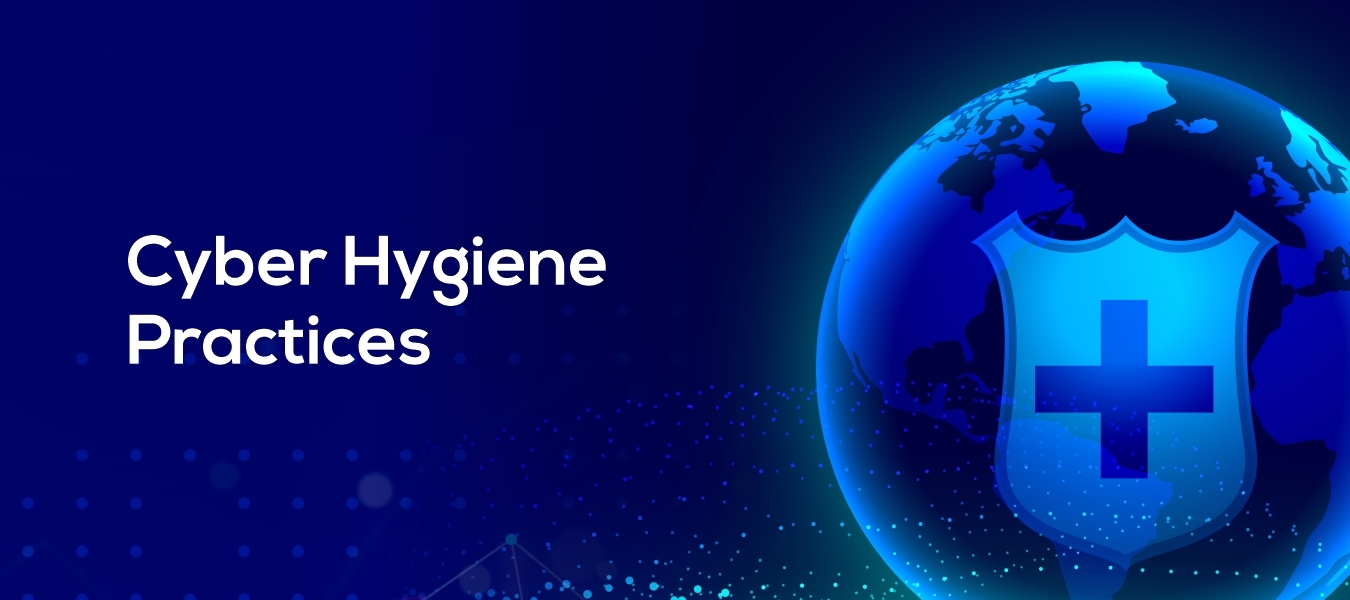Cyber hygiene practices have become a topic in all business quarters. According to a recent study, 60% of small businesses that suffer a cyber attack go out of business within six months. This alarming statistic underscores the importance of prioritizing cybersecurity and adopting proactive measures to safeguard sensitive data and mitigate risks.
One key aspect of cyber hygiene is ensuring that organizations have a strong foundation of security measures in place to defend against common cyber threats such as malware, phishing, and ransomware. This includes regularly updating software and operating systems, implementing firewalls and antivirus software, and conducting regular security audits and assessments.
What is Cyber Hygiene?
This is the idea behind cyber hygiene: to create a structured and intelligent environment that reduces the risks of external contamination without consistently spending lots of IT effort on these processes. This way, you and your team have more time to use the same environment in more productive and strategic functions, which generates good business results.
We can understand what cyber hygiene is by making an analogy related to a hospital: it’s a structuring solution, so you do not have an entire team of paramedics solving emergencies all the time. Think of the basic actions of a hospital to prevent viruses from spreading, to prevent patients from taking risks, and to make the work of doctors easier.
Components of cyber hygiene
You may have already noticed how the same structure can be applied to a company’s system or database. We can summarize these components of cyber hygiene:
- Regular Software Updates: Keeping software, operating systems, and applications up to date with the latest patches and security updates helps patch vulnerabilities and protect against known exploits.
- Strong Password Management: Using strong, unique passwords for each account and implementing multi-factor authentication (MFA) adds an extra layer of security and helps prevent unauthorized access.
- Safe Internet Practices: Being cautious online, avoiding suspicious links or downloads, and using secure connections (HTTPS) help mitigate the risk of malware infections, phishing attacks, and other cyber threats.
- Data Backup and Recovery: Regularly backing up important data and testing backup procedures ensures that organizations can recover quickly in the event of data loss or ransomware attacks.
- Employee Training and Awareness: Educating employees about common cyber threats, phishing techniques, and best practices for handling sensitive information empowers them to recognize and respond to potential security incidents
Cyber hygiene best practices for organizations
Here are some essential cyber hygiene practices for organizations:
- Stay Updated with Regular Software Updates and Patch Management
Ensure that all software, including operating systems, applications, and firmware, is promptly updated with the latest security patches and updates. Regular patch management helps address known vulnerabilities and protects against exploits that could compromise system security.
- Enforce Strong Password Policies and Implement Multi-Factor Authentication (MFA)
Mandate the use of complex passwords or passphrases, regular password changes, and prohibit password reuse across multiple accounts. Implement multi-factor authentication (MFA) to add an extra layer of security
- Educate Employees through Comprehensive Training and Security Awareness Programs
Provide cybersecurity training to employees, educating them about common threats, phishing attacks, and best practices for secure computing. Foster a culture of security awareness and empower employees to recognize and report suspicious activities.
- Secure Data with Encryption and Implement Access Controls
Utilize encryption technologies to protect sensitive data at rest and in transit. Implement access controls based on least privilege principles to restrict access to critical information to authorized personnel only.
- Conduct Regular Security Audits and Assessments:
Perform routine security audits, assessments, and penetration testing to identify vulnerabilities and weaknesses within the organization’s infrastructure and networks. Use findings to prioritize remediation efforts and strengthen security posture.
Incorporating these action-oriented cyber hygiene practices into organizational security strategies empowers proactive defense against cyber threats, ensuring resilience and protection of valuable assets.
A Solution
iCentra’s cybersecurity solution is tailored to assist organizations in fortifying their digital spaces and enhancing cyber hygiene. Leveraging advanced technologies, we identify and address security gaps, empowering organizations to confidently navigate the evolving threat landscape. Partnering with iCentra, your organization can strengthen its defenses and achieve its cybersecurity objectives. iCentra.com to learn more.






